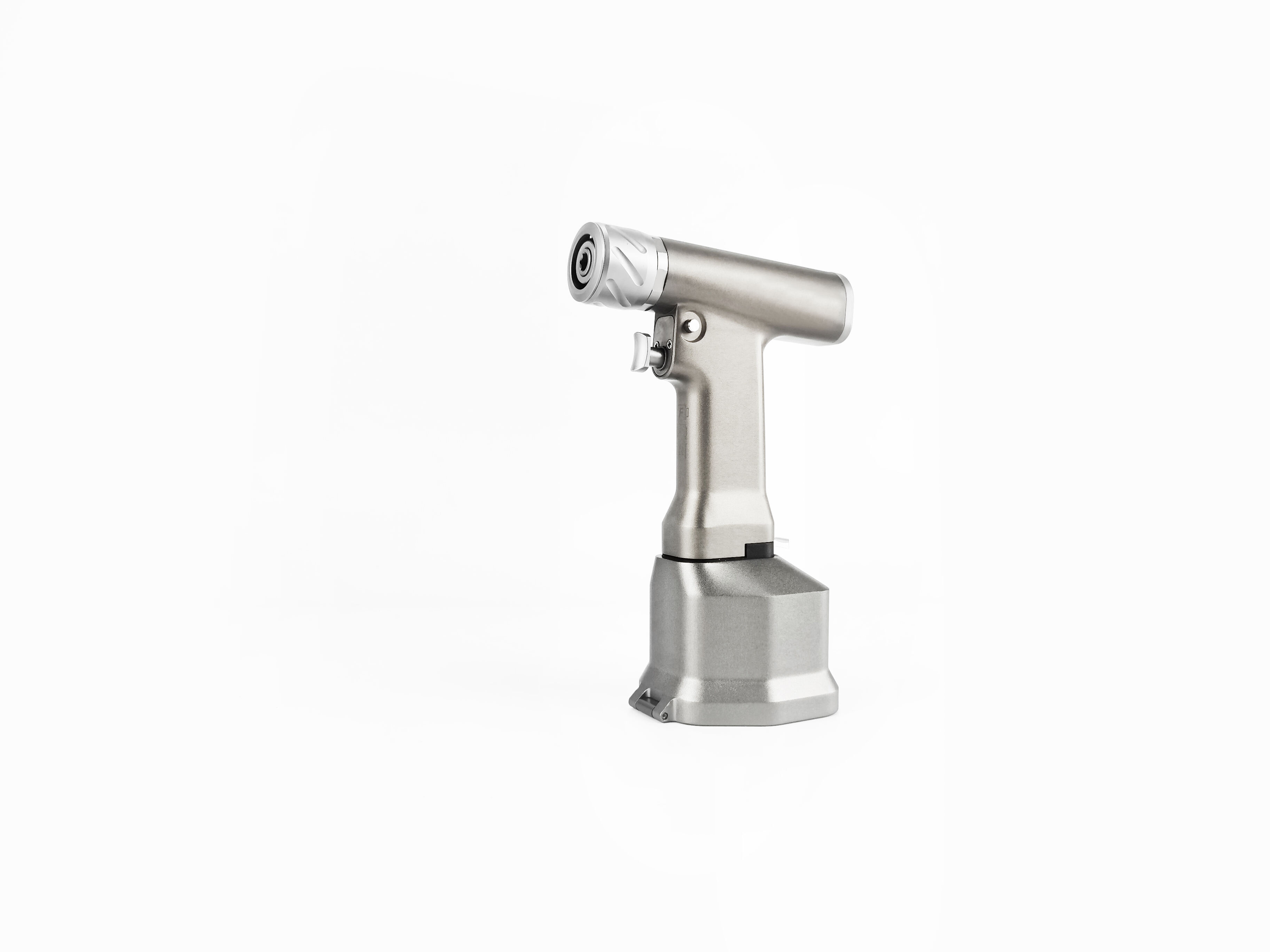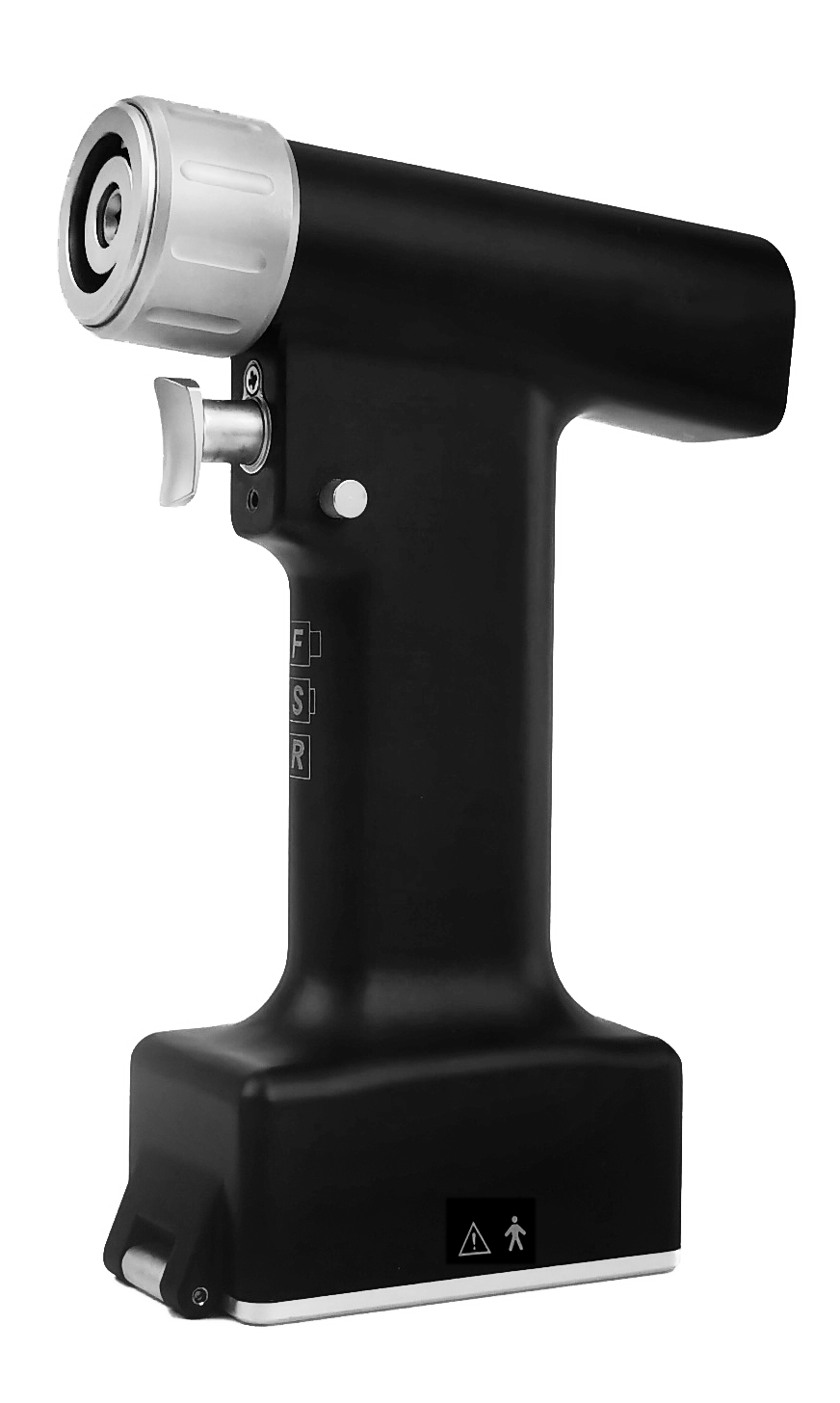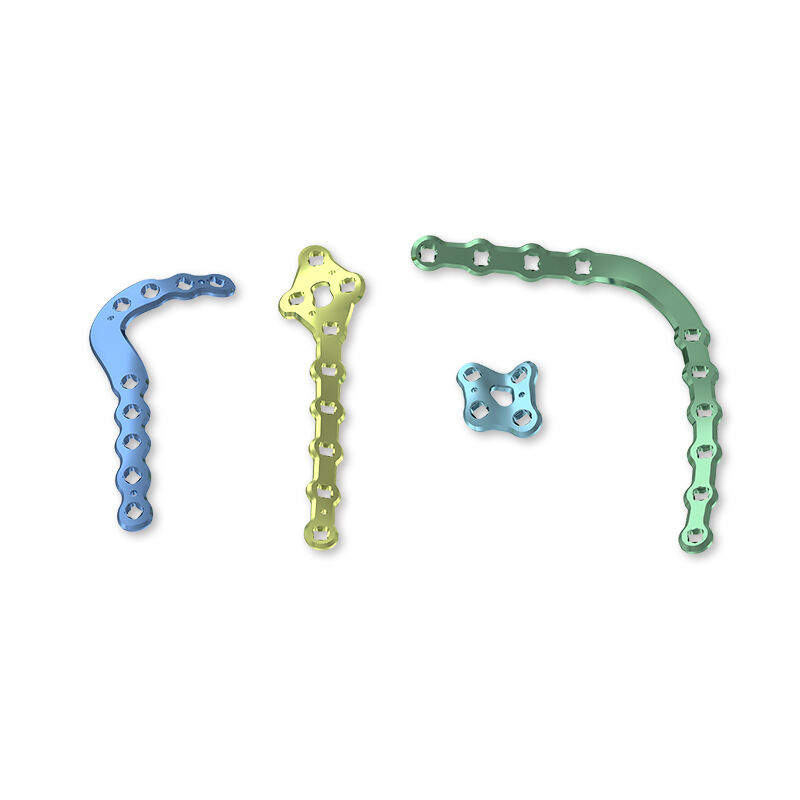flexible nail femur
The flexible nail femur is a state-of-the-art medical device designed for the internal fixation of femoral fractures. Its main functions include stabilizing the bone, facilitating alignment, and supporting the healing process. Technological features of the flexible nail femur include a hollow, cylindrical design made from high-grade medical stainless steel, which allows for intramedullary insertion. This design promotes biological integration and reduces the risk of infection. The applications of the flexible nail femur are diverse, ranging from simple fractures to complex trauma cases, making it an essential tool in orthopedic surgery.



